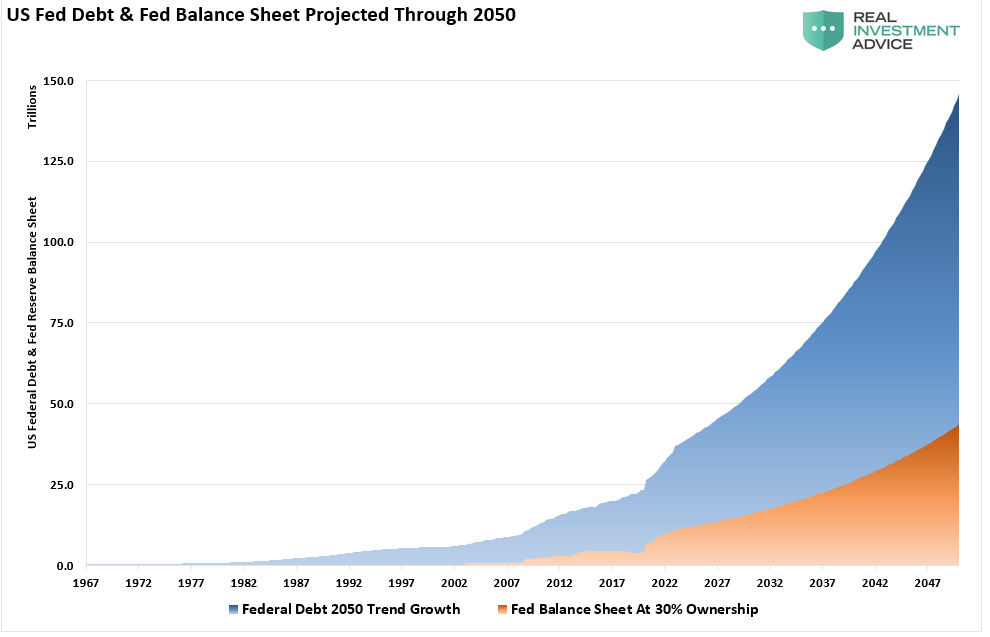Hal Finney's light brown eyes are pointed down.
I've just asked him if he was involved in the creation of Bitcoin.
The 57-year-old man's almost imperceptible eye movement is his only way
of telling me that he was not, and that I've spent the last week caught
in the same futile windmill-tilting that has ensnared so many other
reporters trying to solve the puzzle of Bitcoin's mysterious creator
known only as Satoshi Nakamoto.
Finney is seated in an elaborate wheelchair, flanked by medical
equipment and his wife and son, both of whom are wearing blue t-shirts
that read "Hal's Pals: Fight ALS." ALS, or amyotrophic lateral
sclerosis, is the name of the terminal disease that has locked Finney
into a body whose muscles no longer obey his mind's commands. His eyes
are among the few parts of his anatomy that his will still controls. He
uses them to manipulate voice synthesis software running on a computer
attached to his wheelchair with an eye-tracking camera. Until recently,
this setup allowed him to speak fluidly in a computerized voice.
But as the disease has progressed, even Finney's eye movements are
deteriorating. He's often reduced to yes-and-no conversations like the
one we're having now. His engineer's mind, which has written some of the
most important code in the history of cryptography, is unaffected by
the disease and remains as lucid as ever. But its last lifelines to the
outside world are growing thin.
I ask Finney if he has any connection to Dorian Nakamoto, the man Newsweek has a week earlier named as the creator of Bitcoin,
the cryptocurrency that has come to represent an entirely new digital
form of money, and whose total value has risen as high as $16 billion at
some points over the last year.
His eyes glance downward again, and this time Finney grins. His son
Jason explains that involuntary movements are less affected by ALS than
voluntary ones; Finney can't easily smile on command for a photograph,
but he can smile when he's amused, and he's clearly amused by my
questions.
Finally, in a plea that must sound a little desperate, I ask Finney
to show me what "yes" looks like, just to be sure I haven't somehow
misinterpreted his denials. He raises his eyes and eyebrows
unmistakably, still grinning.
Amazing, I think, how quickly a raised eyebrow can shut down the most elaborate theories.
A week earlier, I was following clues that seemed to point to either
Finney's involvement in the creation of Bitcoin or one of the most
improbable coincidences I'd ever encountered. Today, I believe those
connections were in fact random, that Finney is telling the truth when
he denies helping to invent Bitcoin, and that I am only the most recent
of a long string of journalists to succumb to the mirage of a Satoshi
Nakamoto-shaped pattern in a collection of meaningless facts.
But in following the clues that led me to Finney, I found something
equally significant: a dying man who had been something like a
far-more-brilliant Forrest Gump of cryptographic history: a witness to
and participant in practically every important moment in the recent
history of secret-keeping technologies. From the development of the
first widely used strong encryption software known as PGP, to early
anonymity systems, to the first Bitcoin transaction, Finney was there.
The rabbit-hole journey that led to my meeting with Finney began on March 6th, the day that Newsweek
released its bombshell cover story on the man who it claimed had
invented Bitcoin: Dorian Prentice Satoshi Nakamoto, a 64-year old
ex-engineer and programmer living in the small exurb of Los Angeles
known as Temple City. Nakamoto had even seemed to give Newsweek a tacit confirmation of its theory when he told the magazine's reporter that he was "no longer involved in that," a quote confirmed in essence by local police who witnessed the interaction.
Just hours after Newsweek's story hit the Web, I received an
email from an old cryptography community acquaintance of Finney's who
has asked to remain anonymous. The email was titled "What are the odds?"
It pointed out that Hal Finney had lived for almost a decade in Temple
City, the same 36,000 person town where Newsweek found Dorian Nakamoto. Finney's address was only a few blocks away from the Nakamoto's family home.
This was an uncanny link: Finney is known to be the second-ever user
of Bitcoin after Satoshi Nakamoto himself. He had been one of the first
supporters of the idea when Nakamoto floated it on a cryptography mail
list, and even received the first Bitcoin test transaction from Nakamoto
in early 2009, as Finney himself wrote in a post to the Bitcointalk
forum.
In other words, the possibly-first and confirmed-second ever users of Bitcoin lived just blocks apart.
"What are the odds in a country as large as ours, or as large as
California is, or even as large as the general LA area is, that [Dorian
Satoshi Nakamoto] and Hal Finney both live(d) in Temple City at the same
time, about 1.6 miles from each other?" my contact wrote. "Did they
know each other socially, through some club? Did one help the other?"
Already, the theory was percolating through the Texas Bitcoin
Conference I was attending that day in Austin, where one Bitcoin
podcaster independently rehearsed a more extreme version of the same
theory for me over drinks: Had Finney invented Bitcoin himself and
simply used his neighbor's name as a pseudonym? On Reddit, a user traced
Finney's IP address and found that he was in the Los Angeles area.
"Dorian [Nakamoto] probably could've been a drop," wrote a user called
Ikinoki, using the hacker jargon "drop," a patsy whose personal
information is used to hide online exploits.
I didn't suspect Finney of anything nearly so malicious. Instead, I began to believe he might have been Bitcoin's ghostwriter.
At the request of my Forbes colleague Matt Herper, the writing analysis consultancy Juola & Associates had already compared Dorian Nakamoto's various online comments and postings with Satoshi Nakamoto's writings on Bitcoin before his total disappearance from the Web in 2011. (Read the details of their analysis in Herper's post here.)
Unsurprisingly, they found a total mismatch: Dorian Nakamoto's
half-broken English hardly matched the elegant technical style of
Bitcoin's creator.
Hal Finney's writing, on the other hand, was as fluid and precise as
the whitepaper that first introduced Bitcoin in late 2008. Maybe, I
thought, Finney had served as something like Nakamoto's amanuensis,
crediting Nakamoto for the idea, but using his own superior writing
skills to explain Bitcoin to the public. I collected a 20,000 character
sample of Finney's writing from various forums and mailing lists and
sent it to Juola & Associates for analysis.
In the mean time, I emailed Finney a few times. When I didn't hear
back--he's been mostly absent from the Internet as his paralysis
deepens--I called his wife, Fran, who now works as Finney's full-time
caregiver. She explained her husband's medical situation, and patiently
relayed my questions to him. Using his eyebrows and eye movements, as
she described to me over the phone, he confirmed that he had
corresponded with Bitcoin's creator, but denied any connection to the
invention of Bitcoin or the Dorian Nakamoto Newsweek had named,
just as he would when I visited a week later. "For all Hal knew,
Satoshi Nakamoto could have been next door, or he could have been in
Japan," Fran said.
She also politely invited me to visit her and her husband in Santa
Barbara, where the couple now lives. In person, she said, it would be
easier to convince me that Finney wasn't involved in Bitcoin's invention
despite the one-in-a-million geographical connection. She also
requested that I include in any story I wrote her plea to the media and
the Bitcoin community not to flock to their home and stalk Finney for
interviews the way reporters had immediately done at Dorian Nakamoto's
house following Newsweek's story.
"He's very fragile," she told me. "We have him on ventilator support
twenty-four hours a day. He has difficulty communicating. It would be
nice if people would not harass him."
Just hours after that phone conversation, I received the results from
the writing analysis from Juola & Associates. The firm, its chief
scientist John Noecker explained in a phone call, had previously tried
analyzing candidates for Satoshi Nakamoto named by older investigations
performed by the New Yorker, Fast Company, and various Bitcoin enthusiasts. None of the results had been promising enough to publish, according to Noecker.
Hal Finney, by contrast, was the best Nakamoto candidate whose
writing the firm had ever analyzed and the first who Noecker believed
might have actually written the Bitcoin whitepaper.
"So, it seems to me," he wrote in an email, "that you may have found the real Satoshi Nakamoto."....





